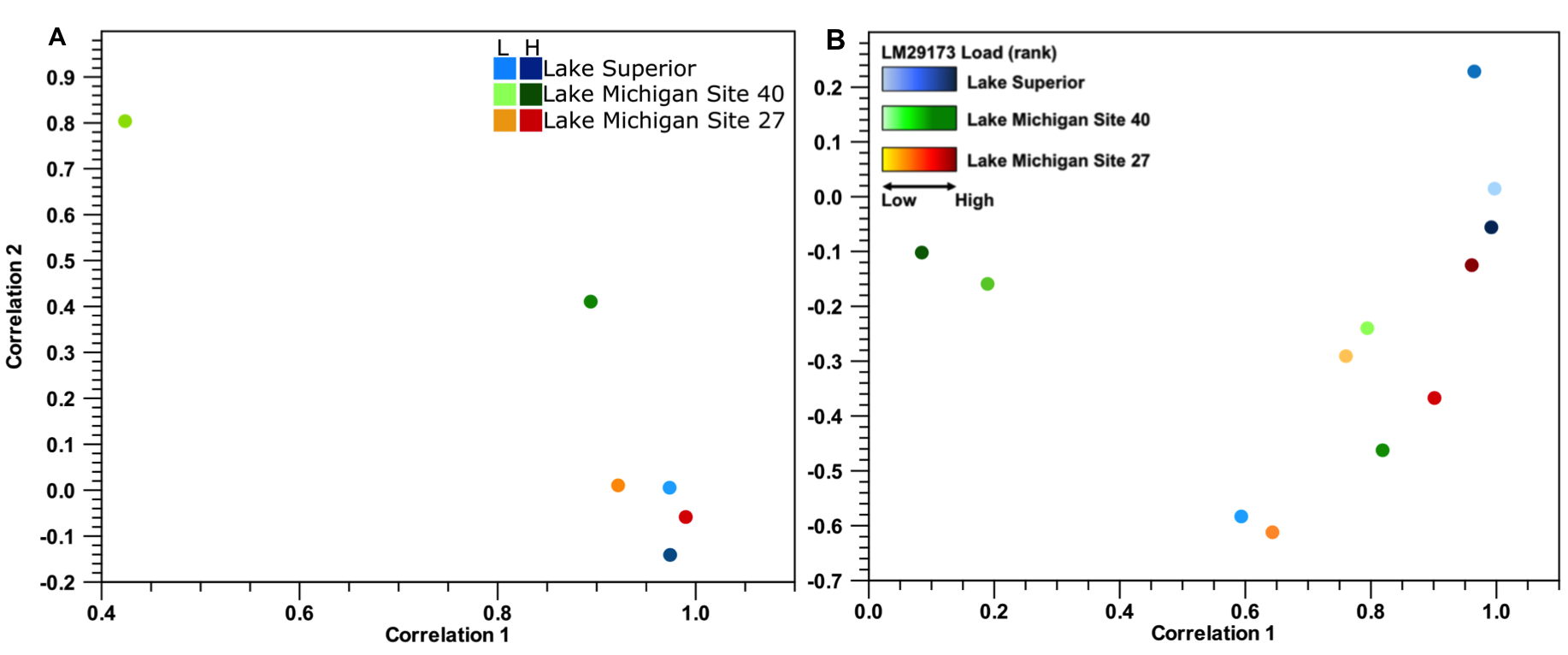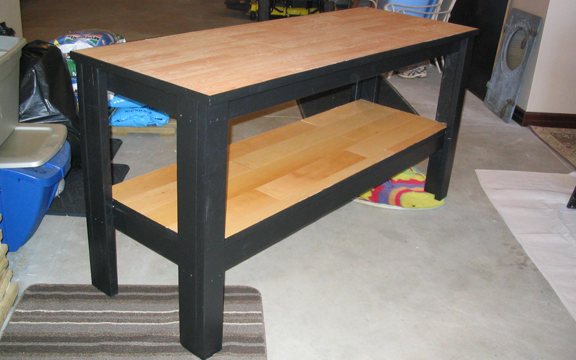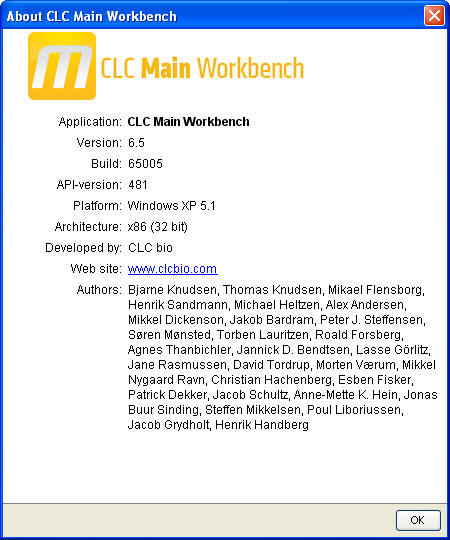
According to the paper’s authors, “Gene ontology (GO) analysis provides functional description of the genes and existing relationship or functional nodes among genes.” SeqMan NGen “has an integrated tool to perform GO analysis, but not CLC Genomics Workbench. You can also use ArrayStar to explore gene ontology. You will see a reminder to set the column type for each column and to designate one of the columns as the key column. By default the type of these imported columns is 'Text'. For each column in the external file, a column will be created in the new metadata table. Differential expression of two tissue types in Brassica, as shown in an ArrayStar heat map. Figure 11.8: Creating a metadata table structure based on an external file. You can use ArrayStar to view transcriptome results as a heat map ( Figure 12) and to perform gene expression analysis on the transcripts.įigure 12. The new Transcript Discovery Plugin for CLC Genomics Workbench and the CLC Genomics Server allows joint analysis of both long PacBio and short Illumina reads from RNA-seq libraries.
#Clc workbench full#
Illumina reads over 150bp in length typically produce much longer assembled transcripts–up to full length– while reads less than 150bp may produce transcripts as little as half the length of the mRNA. The new Whole Genome Alignment plugin, available for the CLC Main Workbench, CLC Genomics Workbench, and the CLC Genomics Server, makes it straight forward to undertake comparative sequence analysis of whole genomes. The short answer is that read length makes a huge difference in de novo transcriptome assemblies.
#Clc workbench software#
To see DNASTAR’s benchmarks comparing identified and novel transcripts assembled for different data sets, see this blog post.īy the way, if you’re curious why the average transcript length found by software is often shorter than the length of the organism’s mRNA, the blog post above also explains this phenomenon. The NCBI RefSeq database was used to obtain a number of known or homologous genes from the assembled transcript sequences.” By contrast, “The CLC GW assembly output contained a list of assembled transcripts and unassembled sequence reads.” SeqMan Ultra’s “Identified Transcripts” report shown color-coded by Organism Name.Īccording to the study authors, SeqMan NGen “produced both annotated and novel transcripts lists. Want to know if you’re seeing something new? Open the finished assembly in SeqMan Ultra to view known and novel transcripts separately in two highly customizable and sortable reports ( Figure 11).įigure 11. The comparison study found that SeqMan NGen “…clearly defines excluded reads in its project report…” Downstream analysis capabilitiesĪfter de novo transcriptome assembly, other applications in the Lasergene Genomics package allow different types of downstream analysis. By contrast, SeqMan NGen reports which reads were excluded. Software that lacks the ability to report excluded reads may be oversampling the reads, reducing the precision of the transcriptome assembly. Many data sets assembled with SeqMan NGen produce a large number of long transcripts that are likely full-length transcripts.

The total count of transcript fragments that aligned and matched RefSeq sequences provides the sequencing coverage. How does SeqMan NGen do it? SeqMan NGen automatically attempts to group contigs from the same gene, and then name and annotate them based on the best match to a collection of annotated reference sequences (the “Transcript Annotation Database”) extracted from data on NCBI’s RefSeq website. The study authors noted that “… the Lasergene SMN Trace Evidence consensus-calling algorithm generated longer contigs on average…Meanwhile, CLC GW had assembled over nine times the amount of contigs…” Using its proprietary assembly algorithm, however, SeqMan NGen creates fewer and longer contigs than CLC Genomics Workbench.

Performing meaningful downstream analysis on this many unannotated contigs is nearly impossible. With other applications, de novo assembly of RNA-Seq data can potentially result in thousands of unlabeled contigs representing the expressed transcripts.

Alternatively, you can elect to perform fully automated adapter removal by checking the “Remove universal adapter” option. In addition to letting you specify rRNA and other contaminant sequences, SeqMan NGen’s wizard also lets you remove specific vector or adapter sequences ( Figure 2). This option is not currently available in the CLC GW de novo transcriptome workflow.” On July 22nd there will be two training sessions.The study authors report that SeqMan NGen “…allows users to specify rRNA or other input contaminant sequences prior to assembly. Their next training will be in two sessions, the first using the CLC bio platform for sequence analysis of viral isolates, followed by a review of Ingenuity Pathway Analysis (IPA) on host responses.
#Clc workbench trial#
Qiagen will provide no-cost trial access to our platforms, live demonstrations, and customized training.

Qiagen is holding an upcoming Zoom training from QIAGEN Digital Insights. Learn QIAGEN IPA and CLC Workbench to generate hypotheses and insights for publications and grant renewals


 0 kommentar(er)
0 kommentar(er)
